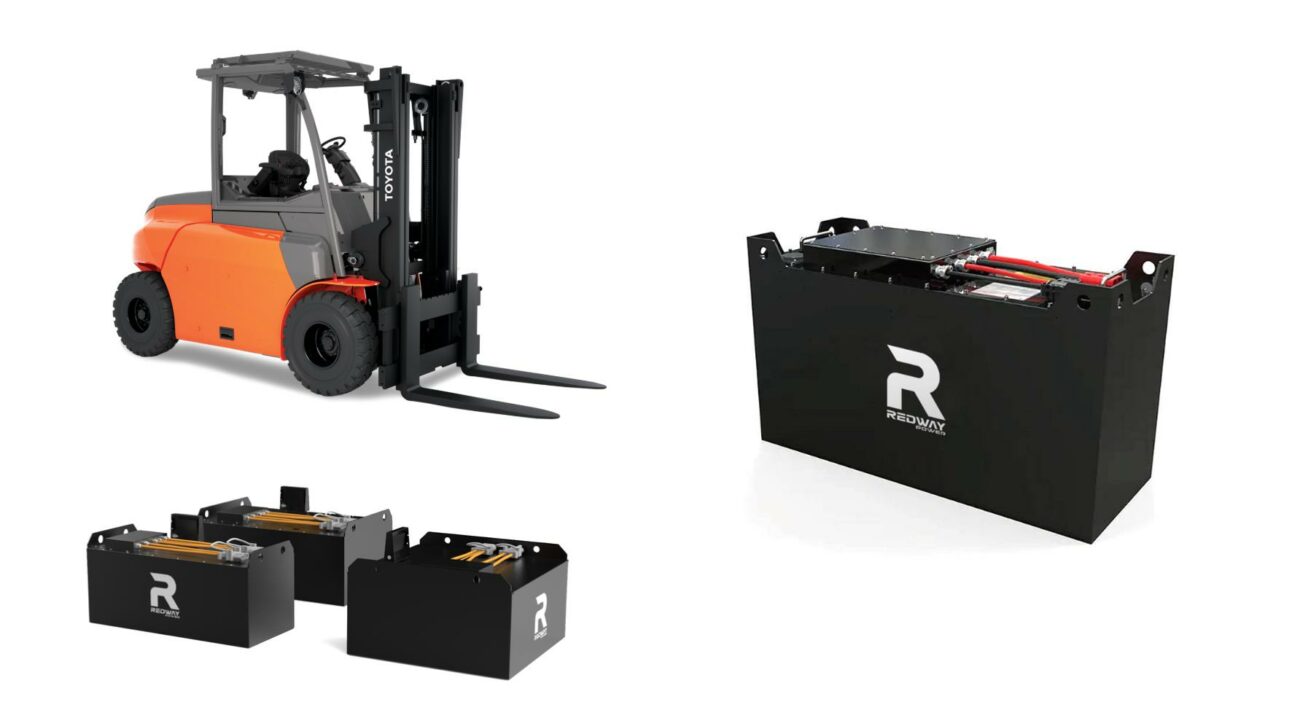8-volt golf cart batteries are deep-cycle lead-acid batteries designed to provide sustained power over long periods. They operate by converting chemical energy into electrical energy through a series of lead plates and electrolyte solutions. These batteries are connected in series (typically six 8V batteries) to achieve the 48V required for most golf carts, ensuring consistent torque and range.
48V 160Ah Lithium Golf Cart Battery
What Are the Advantages of 8V Batteries Over 6V or 12V Options?
8V batteries strike a balance between weight, capacity, and space efficiency. Compared to 6V batteries, they reduce the number of units needed (six 8V vs. eight 6V for 48V systems), saving space. They also offer higher energy density than 12V batteries, delivering longer runtime and better performance on hilly terrain or under heavy loads.
Which Brands Offer the Best 8-Volt Golf Cart Batteries?
Top brands include Trojan (T-875), US Battery (US8VGC), Crown (CR-165), and Duracell (GC8). Trojan’s T-875 is widely praised for its 170–190 Ah capacity and durability, while US Battery’s US8VGC excels in charge retention. Crown batteries prioritize longevity, and Duracell offers cost-effective options via Sam’s Club with free nationwide replacements.
| Brand | Model | Capacity | Key Feature |
|---|---|---|---|
| Trojan | T-875 | 170–190 Ah | Durability |
| US Battery | US8VGC | 165 Ah | Charge retention |
| Crown | CR-165 | 150 Ah | Longevity |
How Long Do 8-Volt Golf Cart Batteries Typically Last?
With proper maintenance, 8V golf cart batteries last 4–6 years. Factors like charging habits (avoid partial charges), water levels (refill with distilled water), and storage conditions (keep at 50–80% charge in cool environments) significantly impact lifespan. Regular equalization charging to prevent sulfation can extend longevity by up to 20%.
Real-world studies show that batteries maintained in temperatures between 50°F and 80°F (10°C–27°C) outperform those exposed to extreme heat or cold. For example, Trojan batteries stored at 77°F (25°C) retain 85% capacity after three years, while those at 95°F (35°C) drop to 65%. Seasonal users should prioritize winterization—fully charge batteries before storage and check voltage monthly. Lithium-ion alternatives mitigate temperature sensitivity, maintaining 90% capacity at -4°F (-20°C).
Can You Mix 8-Volt Batteries with Other Voltages in a Golf Cart?
Mixing voltages is not recommended. Combining 8V with 6V or 12V batteries disrupts the balance of the series circuit, leading to uneven charging, reduced efficiency, and premature failure. Always replace the entire set if switching voltage systems. For upgrades, reconfigure the cart’s wiring and charger to match the new battery bank.
What Maintenance Practices Prolong 8V Golf Cart Battery Life?
Key practices include:
- Monthly terminal cleaning with baking soda to prevent corrosion.
- Weekly electrolyte level checks (top up with distilled water).
- Avoiding discharges below 50% capacity.
- Using a smart charger with automatic shutoff.
- Storing in temperatures below 80°F (27°C).
- Performing equalization charges every 10–12 cycles.
Terminal cleaning requires disconnecting cables, scrubbing with a 1:5 baking soda/water solution, and applying anti-corrosion gel. For electrolyte levels, use a refractometer to check specific gravity—ideal ranges are 1.277±0.007 at 80°F (27°C). Smart chargers with temperature compensation adjust voltage based on ambient conditions, preventing overcharging. Equalization involves charging at 10% higher voltage for 2–3 hours to dissolve sulfate crystals.
| Maintenance Task | Frequency | Tool Required |
|---|---|---|
| Terminal cleaning | Monthly | Baking soda, wire brush |
| Electrolyte check | Weekly | Distilled water, refractometer |
| Equalization charge | Every 10–12 cycles | Smart charger |
Are Lithium-Ion Batteries a Viable Replacement for 8V Lead-Acid?
Yes. Lithium-ion options like Redway’s 48V 30Ah LiFePO4 battery offer 2–3x longer lifespan, 50% weight reduction, and near-zero maintenance. Though 2–3x pricier upfront, they save costs long-term due to higher efficiency (95% vs. 80% in lead-acid) and no watering needs. However, they require compatible chargers and BMS integration.
What Safety Precautions Apply to 8V Golf Cart Batteries?
Always wear gloves and goggles when handling batteries. Avoid sparks near terminals—connect positive first, then negative. Ensure proper ventilation to prevent hydrogen gas buildup. Never overfill electrolyte cells, and immediately neutralize acid spills with baking soda. Use insulated tools to prevent short circuits during installation.
Expert Views
Switching to lithium-ion is the future for golf carts,” says a Redway battery engineer. “Our tests show lithium packs achieve 2,000+ cycles versus 600–800 in lead-acid. They also maintain voltage better under load, which means no ‘speed drop’ on hills. For clubs with 30+ carts, the ROI comes in 2–3 years through reduced labor and replacement costs.”
FAQ
- Can I use car batteries in my golf cart?
- No—car batteries are starter batteries designed for short bursts, not sustained discharge. Golf carts require deep-cycle batteries.
- How do I know when to replace my 8V batteries?
- Signs include reduced range, slower speeds, longer charge times, and visible plate corrosion or swelling.
- Do 8V batteries work in cold weather?
- Yes, but capacity drops 20–30% below freezing. Lithium-ion performs better in sub-32°F (0°C) conditions.
How long do Trojan 8-volt golf cart batteries last?
Trojan 8-volt golf cart batteries typically last 6 to 8 years, depending on maintenance, usage, and charging practices. Regular care and proper charging can extend battery life, ensuring optimal performance for years.
Are Trojan golf cart batteries worth the money?
Yes, Trojan golf cart batteries are considered a worthwhile investment due to their long lifespan, reliability, and consistent performance. Their reputation for durability and efficient energy use makes them a top choice for golf cart owners.
How long should 8-volt golf cart batteries last?
8-volt golf cart batteries generally last between 4 to 8 years, depending on factors like usage frequency, charging habits, and maintenance. Regular monitoring and proper care can help extend their life.
How do I know if my Trojan battery is bad?
Signs of a bad Trojan battery include reduced performance, inability to hold a charge, frequent discharges, or visible damage like swelling or leaks. If you notice these issues, it’s time to test or replace the battery.



